Home>Articles>How Many 12 Inch Squares For A Full Size Quilt
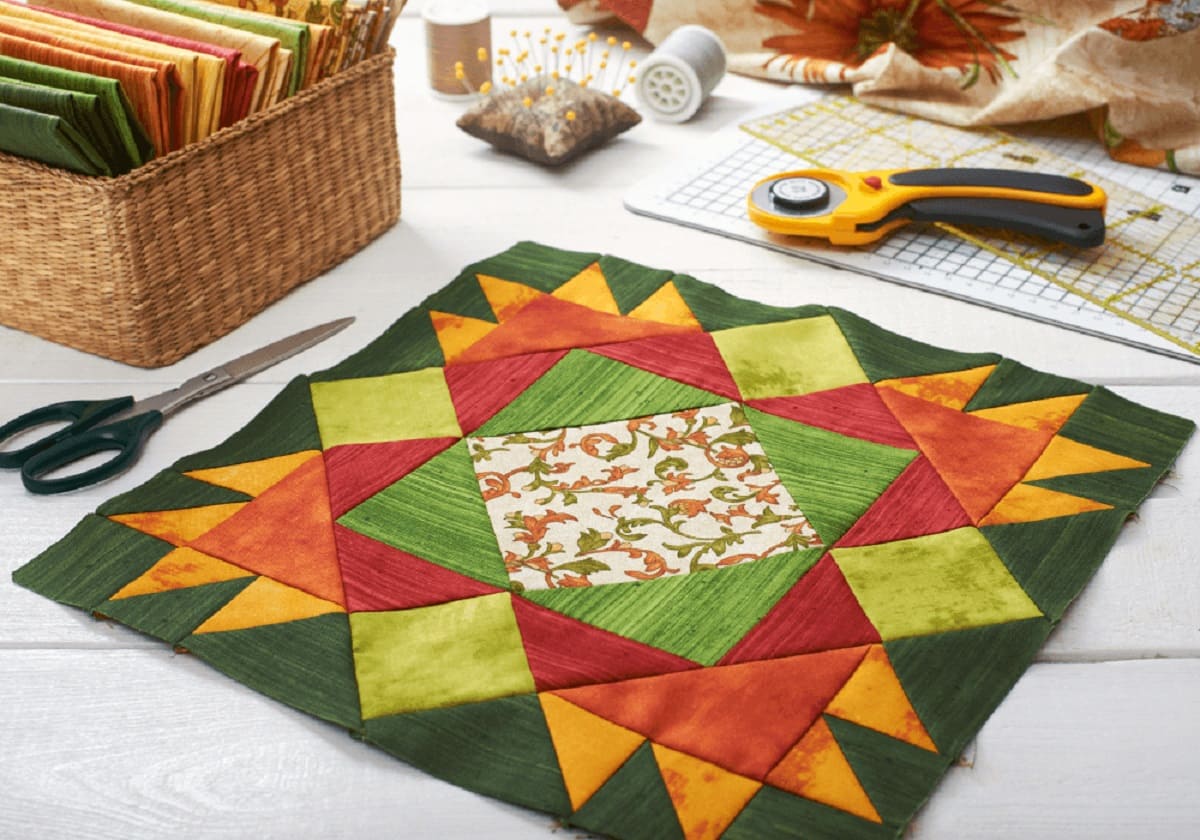

Articles
How Many 12 Inch Squares For A Full Size Quilt
Modified: January 5, 2024
Discover how many 12 inch squares you need to create a full size quilt with our informative articles. Transform your quilting skills today!
(Many of the links in this article redirect to a specific reviewed product. Your purchase of these products through affiliate links helps to generate commission for Storables.com, at no extra cost. Learn more)
Introduction
Welcome to the world of quilting! If you’re an avid quilter or a beginner looking to create your first full size quilt, it’s important to understand the aspects involved in the process. One question that often arises is how many 12-inch squares are needed for a full size quilt.
A full size quilt typically measures approximately 84 inches by 90 inches, providing enough coverage for a standard full-size bed. The quilt is made up of individual quilt blocks that are sewn together to create the final masterpiece. The size of these blocks determines the overall look and feel of the quilt.
In this article, we will delve into the process of determining the number of 12-inch squares required for a full size quilt. We will walk you through the steps and factors to consider, offering a clear understanding of the calculations involved.
Whether you’re designing your quilt from scratch or following a pattern, this article will provide helpful insights to ensure your quilt turns out just the way you envision it.
So let’s dive in and explore how to determine the number of 12-inch squares needed for your full size quilt!
Key Takeaways:
- Determining the number of 12-inch squares for a full size quilt involves calculating the blocks needed based on the quilt’s dimensions. Consider factors like quilt block size, design, and additional elements like borders and sashing to personalize your project.
- When creating a full size quilt, remember to measure and sew a sample block to ensure the finished size meets your expectations. Factor in elements like quilt design, borders, and sashing to personalize your project and bring your full size quilt to life.
Understanding Full Size Quilts
Before we delve into the calculations, it’s important to have a clear understanding of what constitutes a full size quilt. A full size quilt is designed to fit a standard full-size bed, which typically measures around 54 inches by 75 inches. However, to accommodate for overhang on the sides and foot of the bed, a full size quilt is commonly sized around 84 inches by 90 inches.
When creating a full size quilt, you have the opportunity to showcase your creativity and personal style. The quilt is made up of smaller units called quilt blocks, which are sewn together to form the entire quilt top. Each quilt block can vary in design and size, offering endless possibilities for customization.
The size of the quilt blocks will significantly impact the overall look of the quilt. Smaller blocks may result in a more intricate quilt design with a greater number of fabric pieces. Larger blocks, on the other hand, can showcase bold, statement fabrics or allow for quicker assembly.
When determining the size of your quilt block, it’s essential to consider factors such as the complexity of the design, the desired aesthetic, and the time and effort you’re willing to invest. For the purpose of this article, we will focus on using 12-inch squares as the standard block size for a full size quilt.
Now that we have a basic understanding of full size quilts and the role of quilt blocks, let’s move on to calculating the number of 12-inch squares needed for your quilt.
Determining Quilt Block Size
When it comes to quilting, the size of your quilt block is an essential factor to consider. The block size not only affects the overall appearance of the quilt but also influences the ease of construction and the number of blocks needed to complete the quilt top.
For a full size quilt, using 12-inch squares as the block size is a common choice. However, you may choose to work with smaller or larger blocks depending on your personal preference and the design you have in mind.
If you decide to deviate from the standard 12-inch block, there are a few considerations to keep in mind. Smaller blocks will result in a more intricate quilt design, with a higher number of blocks required to cover the full size quilt top. Conversely, larger blocks will simplify the construction process, but you may need to source fabrics that can make a bold visual impact on a larger scale.
It’s important to think about the overall balance and proportions you want to achieve in your quilt. Consider the complexity of the quilt pattern, the fabric choices, and your level of quilting expertise. Remember that larger blocks may make it easier to showcase large-scale prints or highlight specific fabric motifs, while smaller blocks can create more detailed and intricate designs.
Ultimately, the decision on the quilt block size is a personal one. Take the time to experiment with different block sizes and consider how they will work together to create a cohesive quilt top. Whether you choose to stick with the standard 12-inch squares or explore other sizes, the important thing is to choose a block size that aligns with your creative vision.
Now that you have an understanding of how quilt block size impacts the overall quilt design, let’s move on to the next step: calculating the number of blocks needed for your full size quilt.
Calculating the Number of Blocks Needed
When planning your full size quilt, determining the number of blocks needed is a crucial step. This calculation will ensure that you have enough quilt blocks to cover the entire quilt top and create the desired aesthetic.
To calculate the number of 12-inch blocks needed for your full size quilt, you will need to consider both the horizontal and vertical dimensions of the quilt. The formula for this calculation is as follows:
Number of Blocks = (Width of Quilt / Block Size) x (Length of Quilt / Block Size)
Let’s break down the formula with an example. Say your full size quilt measures 84 inches in width and 90 inches in length. Since we are using 12-inch blocks, we can substitute these values into the formula:
Number of Blocks = (84 inches / 12 inches) x (90 inches / 12 inches)
Simplifying this calculation gives us:
Number of Blocks = 7 x 7.5
Which equals:
Number of Blocks = 52.5
Since we can’t have a fraction of a block, we round up to the nearest whole number. Therefore, we would need a total of 53 12-inch blocks to cover the quilt top.
Keep in mind that this calculation assumes that each block will be precisely 12 inches in size, with no seam allowances. However, in reality, the blocks will have seam allowances incorporated into their measurements. As you sew the blocks together, the seam allowances will reduce the size of the finished blocks and may impact the overall quilt dimensions.
It is always recommended to cut and sew a sample block and measure it to confirm its finished size. This will help you ensure the accuracy of your calculations and make any necessary adjustments before cutting into your precious fabrics.
Now that you know how to calculate the number of blocks needed, it’s important to consider a few additional factors that may affect your quilt-making process.
A full size quilt typically requires around 72 12-inch squares. However, this can vary based on the desired quilt size, sashing, and border width. Always plan and measure before cutting fabric.
Factors to Consider
While the calculation for determining the number of 12-inch blocks needed for a full size quilt provides a foundation, there are additional factors to consider that may impact the final count of blocks required.
1. Border and sashing: If you plan to add borders or sashing to your quilt, these elements will affect the layout and spacing of your blocks. You may need to adjust the block count to accommodate the additional dimensions created by borders and sashing.
2. Quilt design and layout: Depending on the design pattern you choose for your quilt, you may need to account for specific block combinations or variations. Certain quilt patterns may require different sizes or shapes of blocks, which may affect the overall count of 12-inch blocks needed.
3. Scrappy quilt vs. coordinated fabrics: If you’re creating a scrappy quilt using a variety of fabrics, you may have more flexibility in terms of fabric usage and block arrangement. However, if you’re using coordinated fabrics with specific patterns or motifs, you may require a higher number of 12-inch blocks to fully showcase the chosen fabrics.
4. Quilting method: The method you choose for quilting your project can also impact the number of blocks needed. For example, if you plan to stitch-in-the-ditch or quilt using a large-scale design, you may only need a specific number of blocks. However, if you opt for more intricate quilting techniques or plan to customize each block individually, you may require additional blocks.
Remember, these factors are not meant to overwhelm you but rather to highlight the considerations involved in determining the number of blocks needed for your full size quilt. They offer an opportunity to personalize your quilt-making process and create a unique, one-of-a-kind masterpiece.
Now, let’s put all this information into practice with an example calculation to illustrate the process.
Read more: How Many 5 Inch Squares To Make A Quilt
Example Calculation
To further illustrate the process, let’s walk through an example calculation for determining the number of 12-inch blocks needed for a full size quilt.
Imagine you are creating a full size quilt with dimensions of 84 inches in width and 90 inches in length. You have decided to use 12-inch blocks for your project.
Using the formula mentioned earlier:
Number of Blocks = (Width of Quilt / Block Size) x (Length of Quilt / Block Size)
Plugging in the values from the example:
Number of Blocks = (84 inches / 12 inches) x (90 inches / 12 inches)
Simplifying this calculation gives us:
Number of Blocks = 7 x 7.5
Which equals:
Number of Blocks = 52.5
Rounding up to the nearest whole number, we determine that you would need a total of 53 12-inch blocks to cover the quilt top.
However, remember to consider the additional factors mentioned earlier, such as borders, sashing, and quilt design. If you plan to add borders or sashing, adjust the block count accordingly. If your quilt design requires specific block combinations or variations, you may need to alter the block count accordingly.
Additionally, it’s always a good idea to cut and sew a sample block to confirm its finished size, especially if you’re using a particular quilting method or technique that may affect the size of the blocks.
By taking all these factors into consideration, you will be able to calculate the accurate number of 12-inch blocks needed for your full size quilt.
Now that you have the knowledge and tools to determine the number of blocks needed, you can confidently embark on your quilting journey and create a beautiful, full size quilt!
Conclusion
Congratulations! You’ve reached the end of our comprehensive guide on calculating the number of 12-inch squares needed for a full size quilt. By understanding the dimensions of a full size quilt, determining the appropriate size for your quilt blocks, and calculating the number of blocks required, you’re now equipped with the knowledge to embark on your quilting project.
Remember, when creating a full size quilt, it’s essential to consider factors such as borders, sashing, quilt design, and the overall look you want to achieve. These factors may influence the final count of blocks required, so don’t hesitate to make adjustments and personalize your project.
Additionally, always take the time to measure and sew a sample block to ensure its finished size meets your expectations. This step will help you avoid any surprises when assembling the quilt top.
Quilting is a beautiful craft that allows you to express your creativity and create lasting heirlooms. With patience, practice, and a love for fabric, you can bring your full size quilt to life.
So gather your supplies, select your fabrics, and start turning those 12-inch squares into a stunning full size quilt that will bring warmth and comfort for years to come. Happy quilting!
Frequently Asked Questions about How Many 12 Inch Squares For A Full Size Quilt
Was this page helpful?
At Storables.com, we guarantee accurate and reliable information. Our content, validated by Expert Board Contributors, is crafted following stringent Editorial Policies. We're committed to providing you with well-researched, expert-backed insights for all your informational needs.
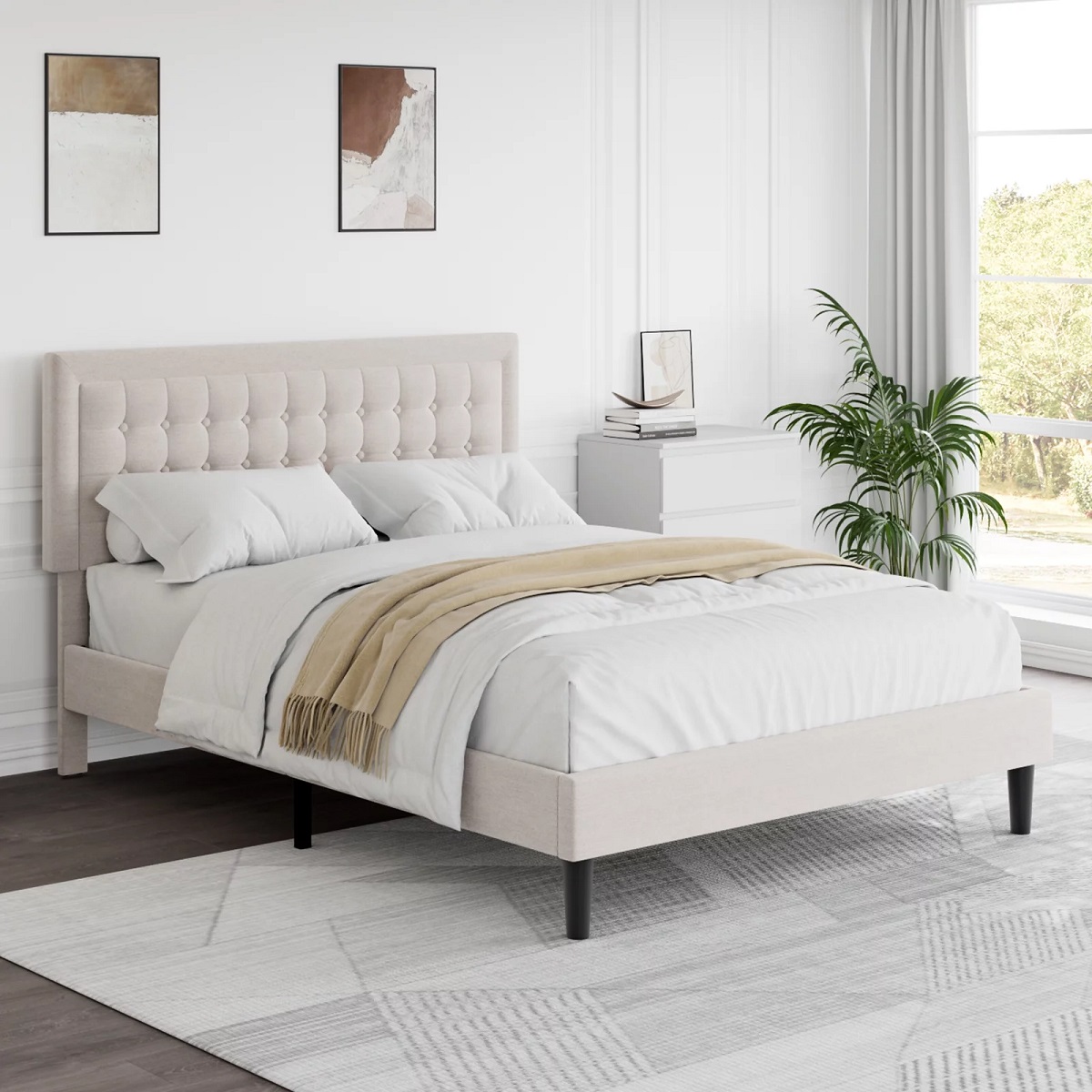
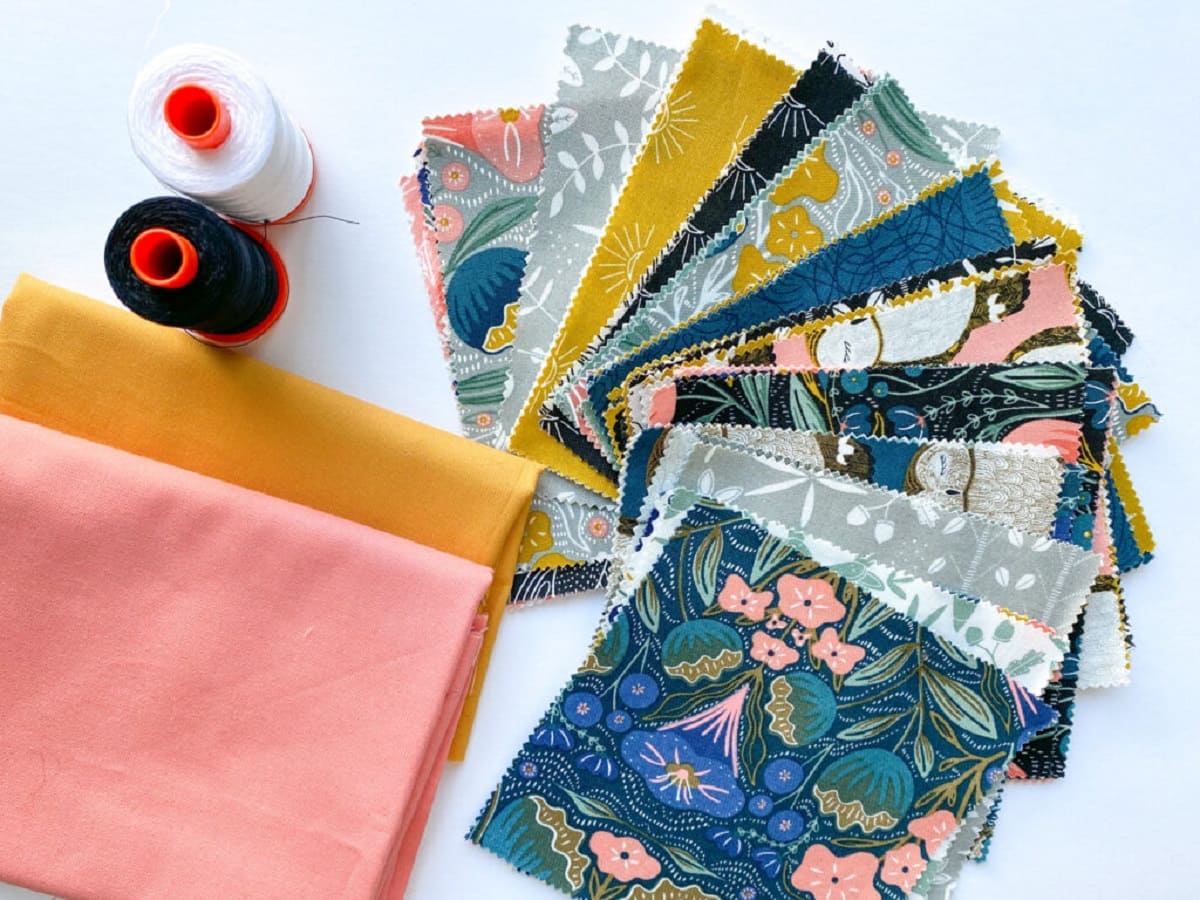
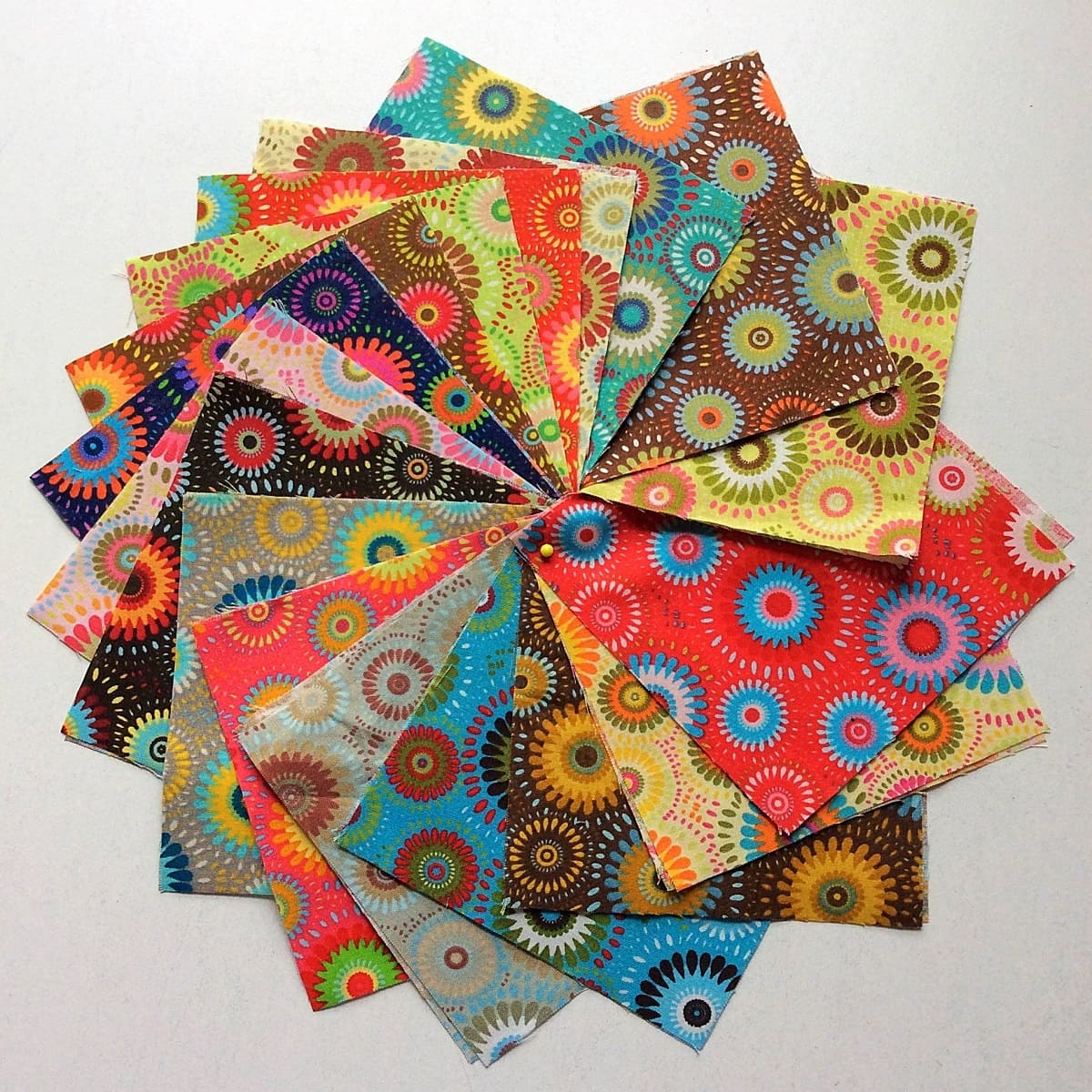
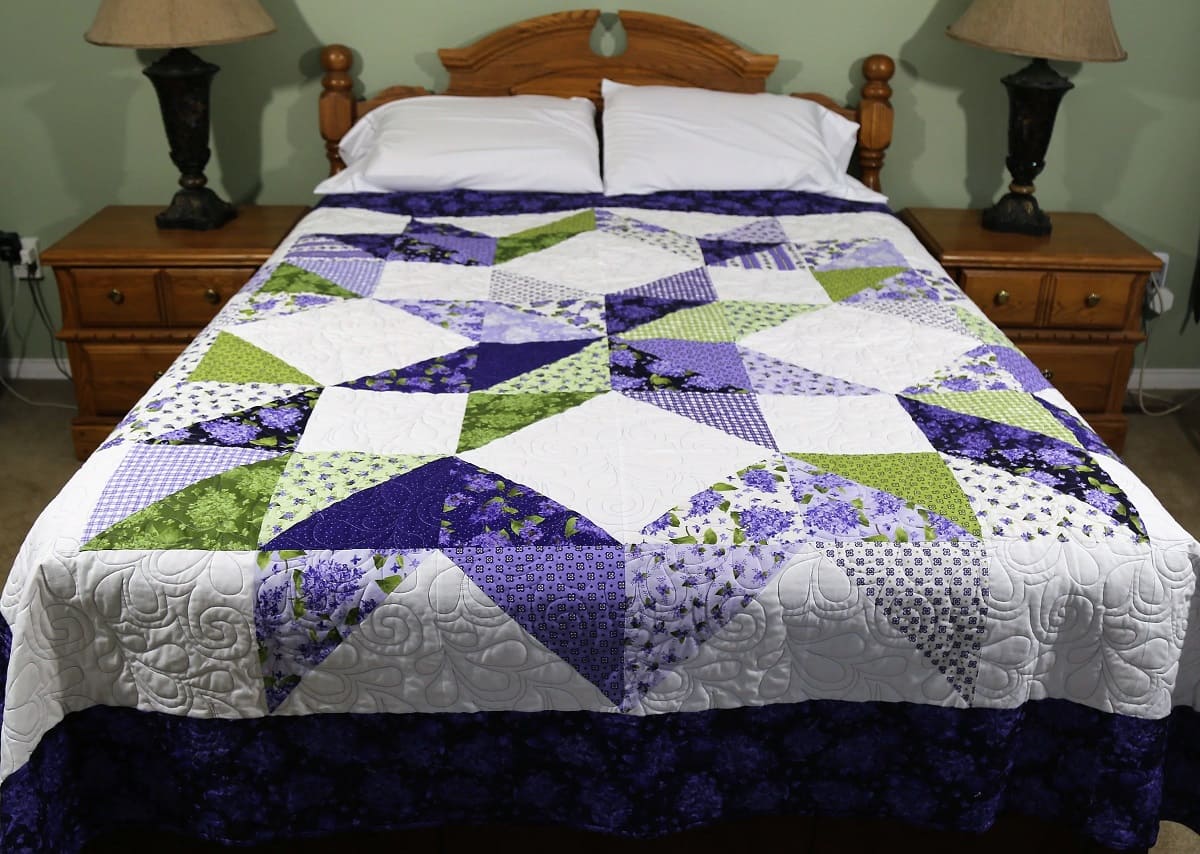
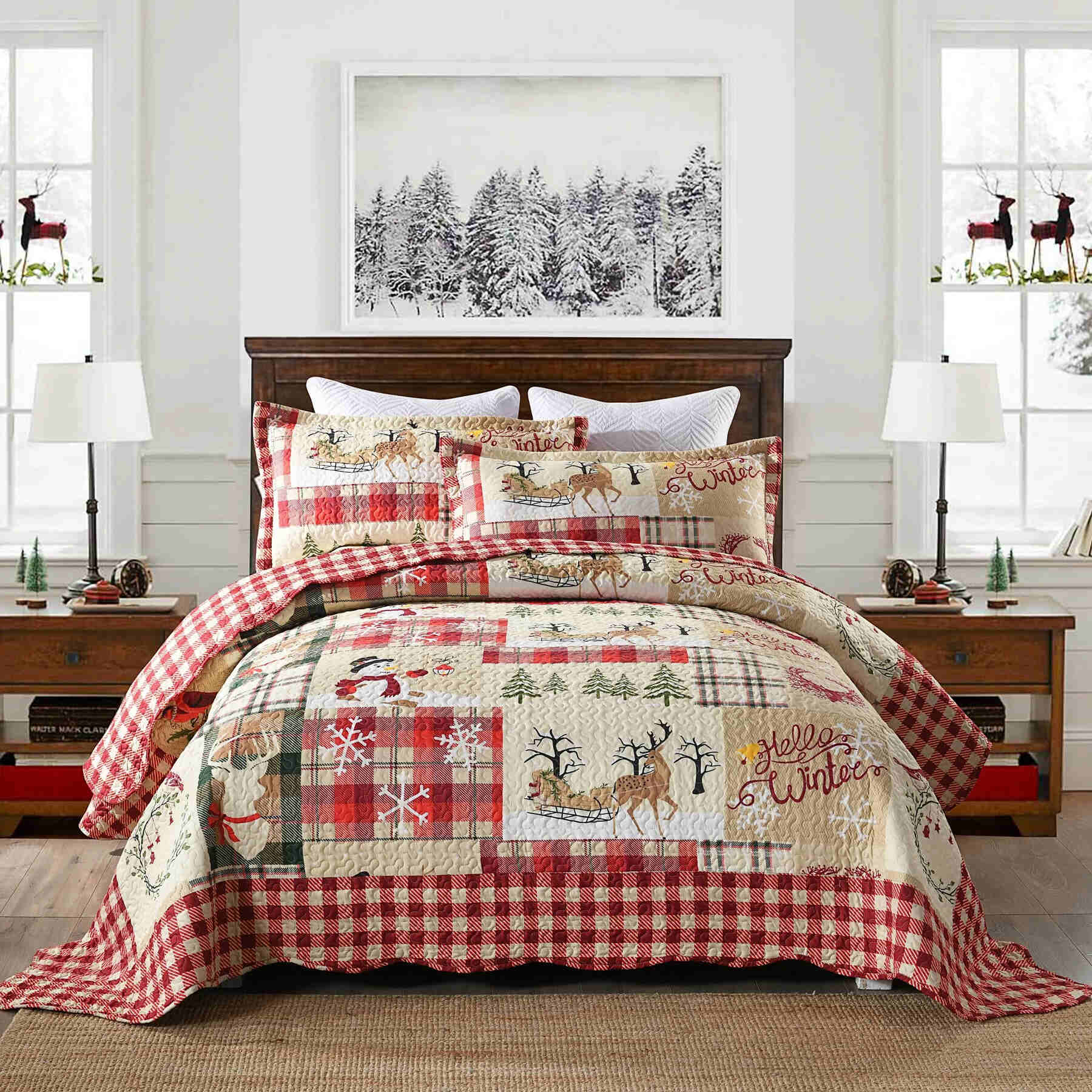
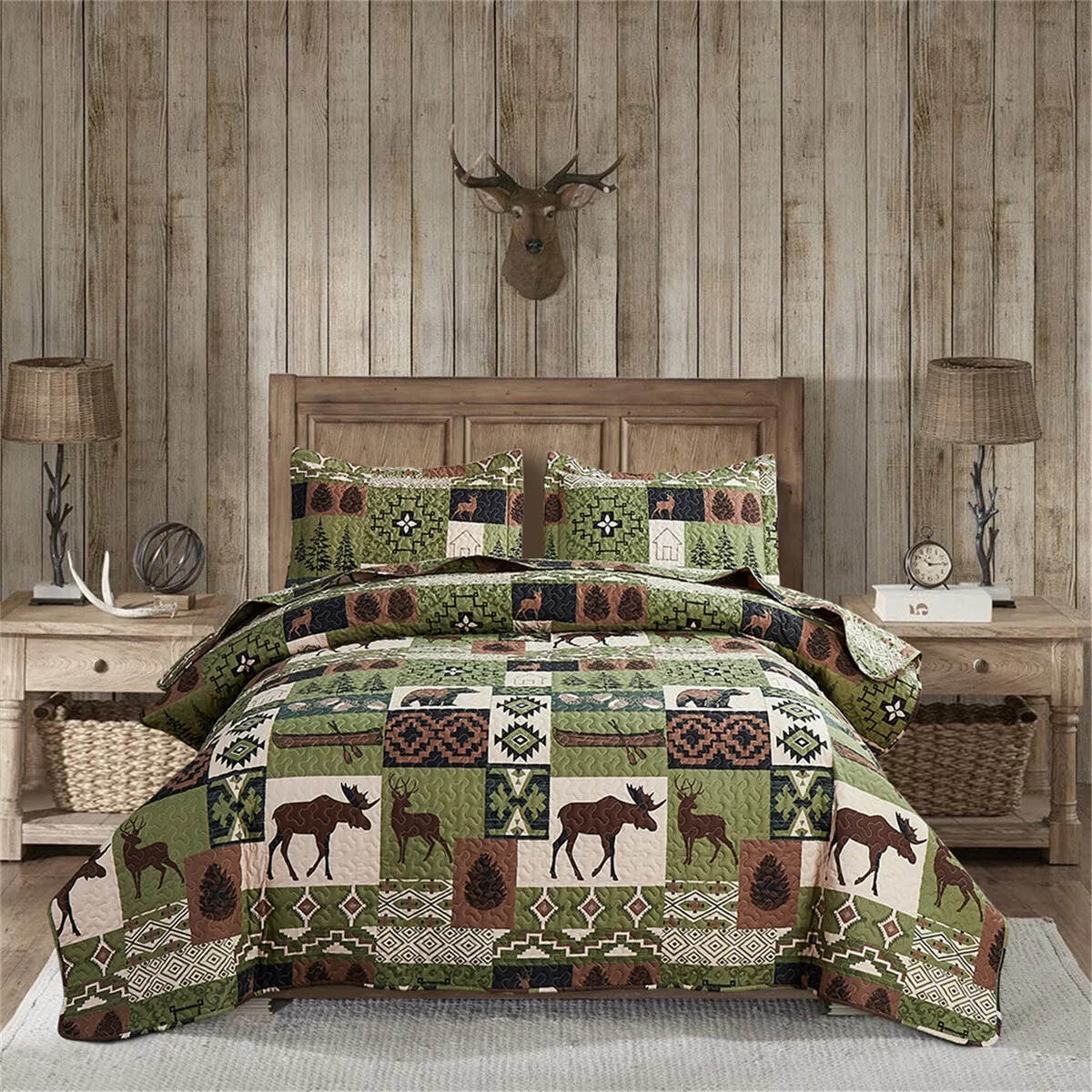
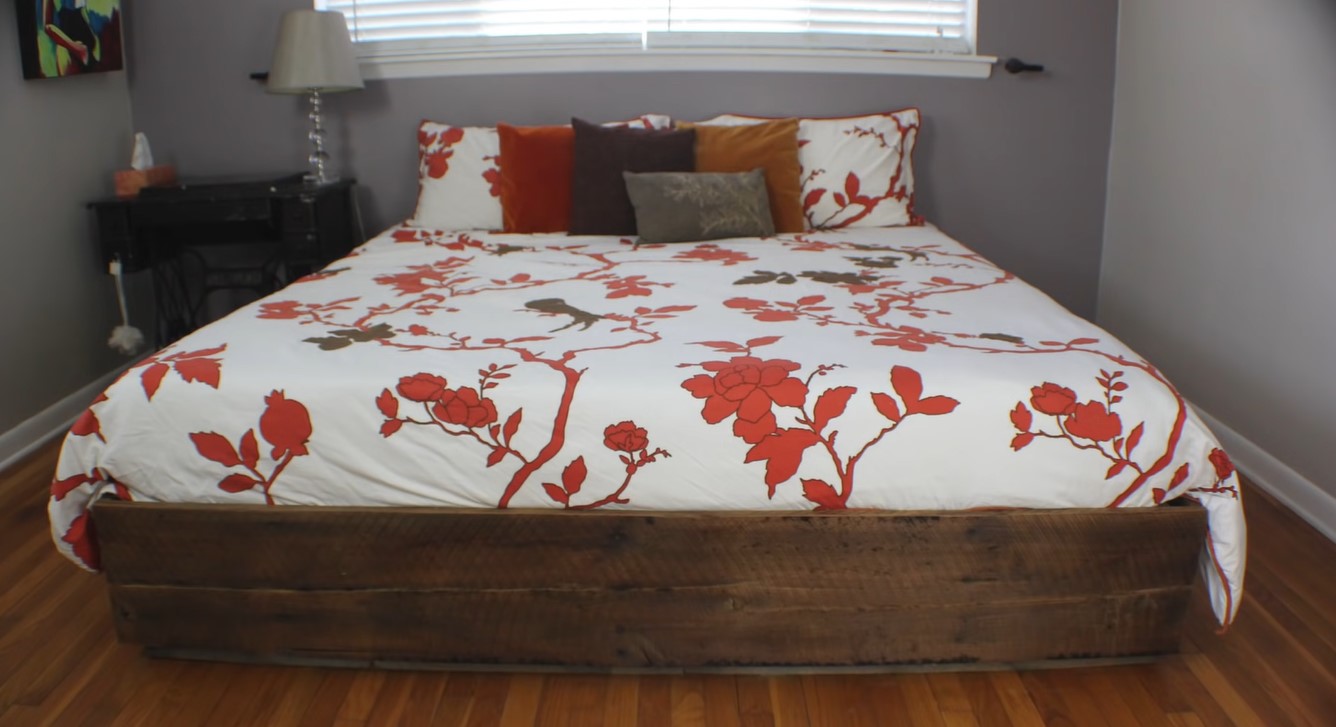
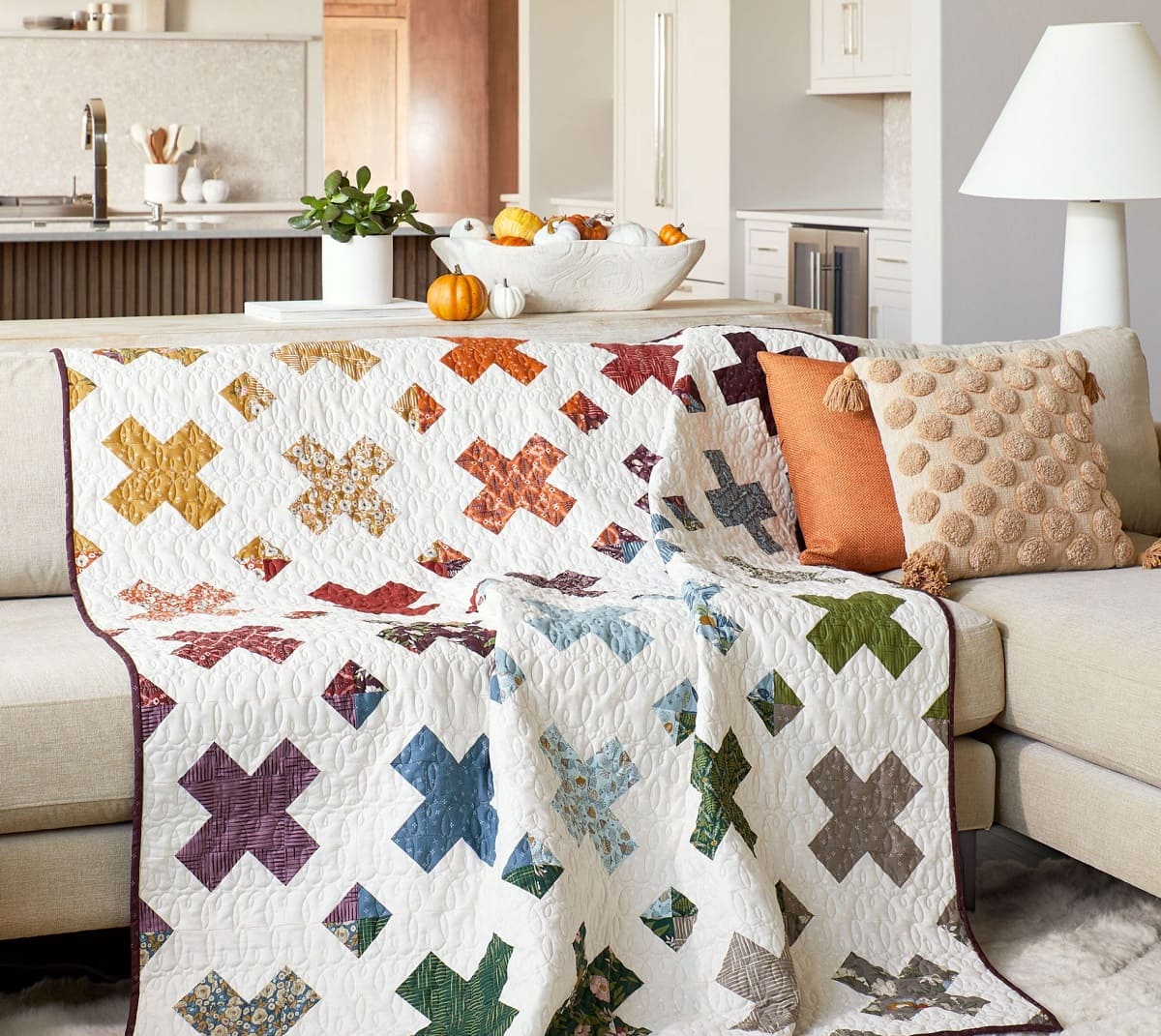
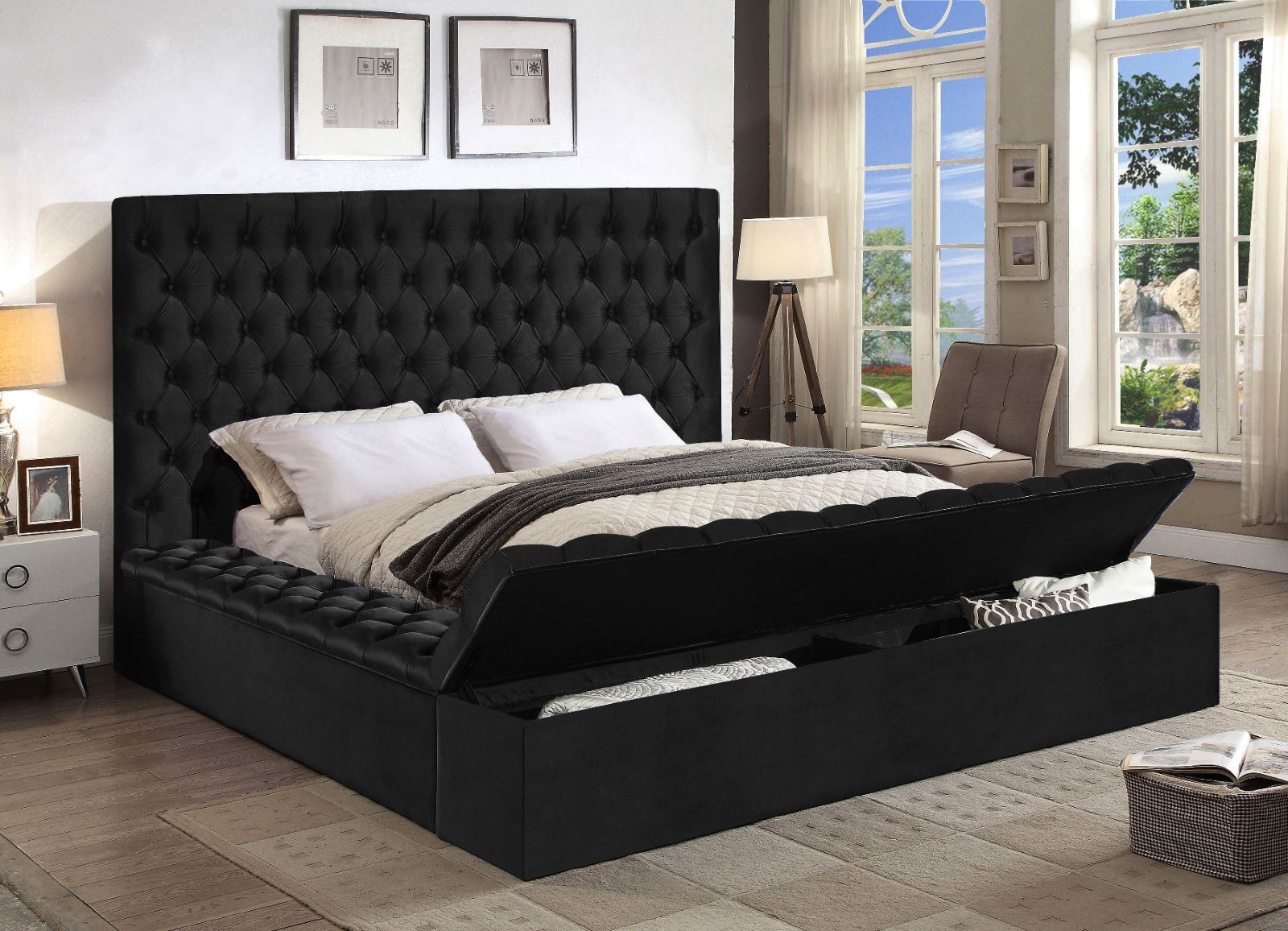
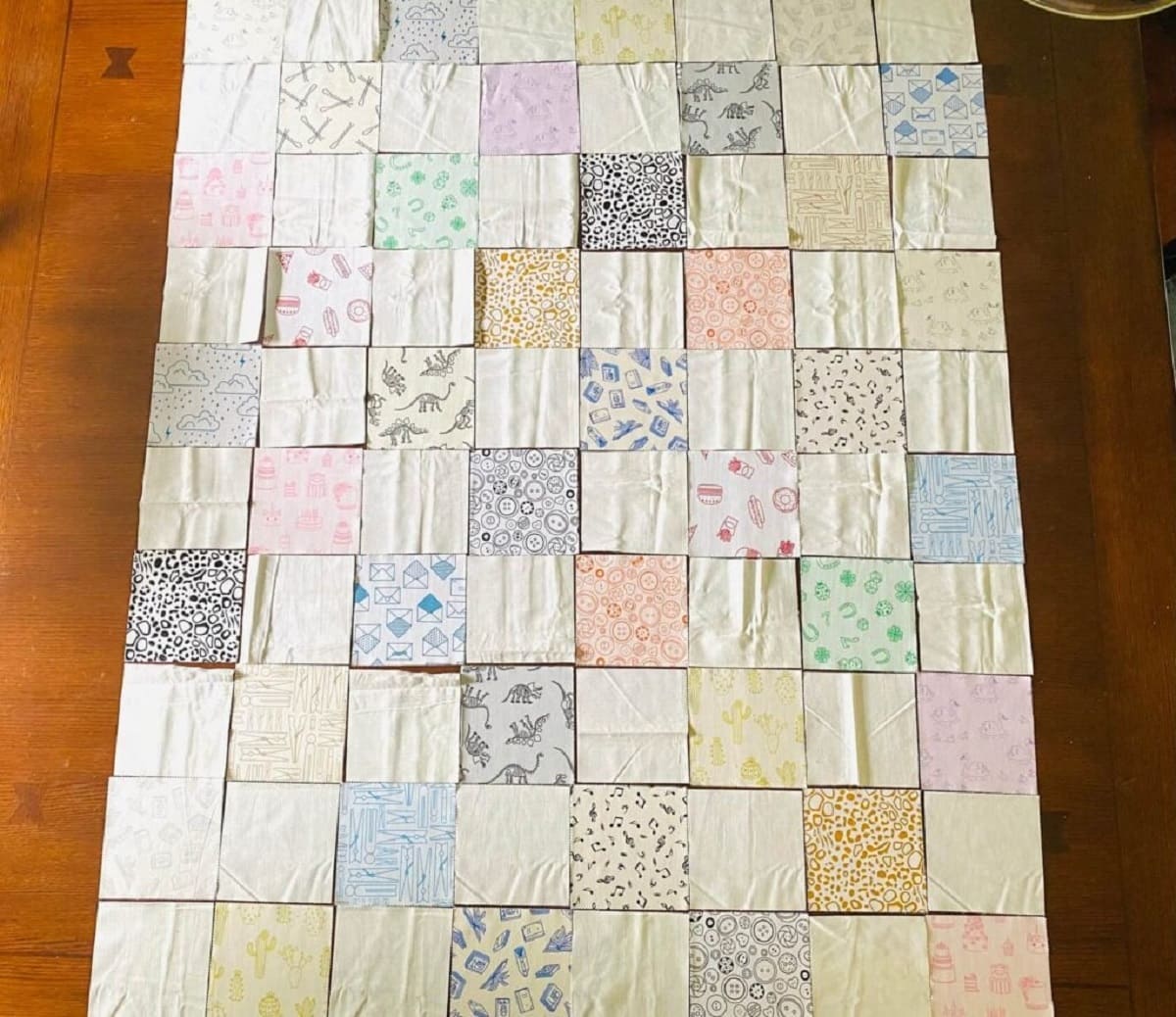
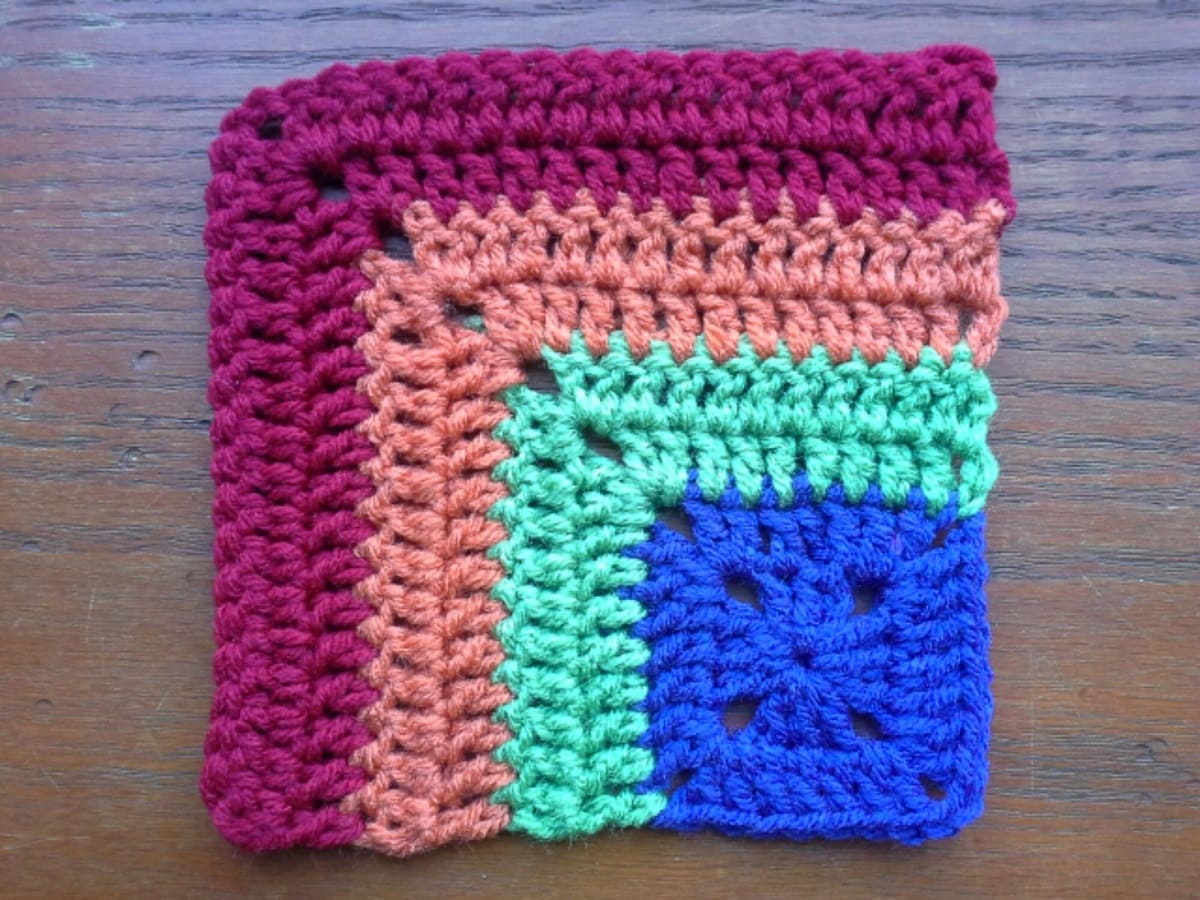
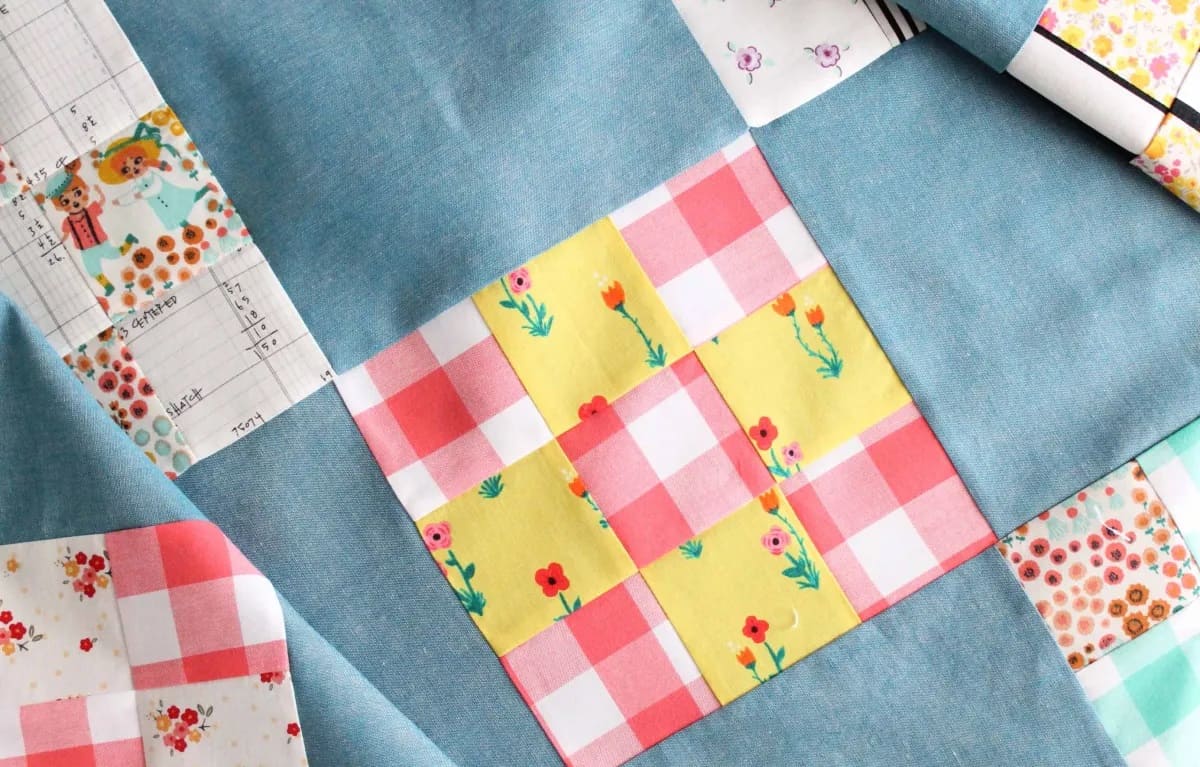
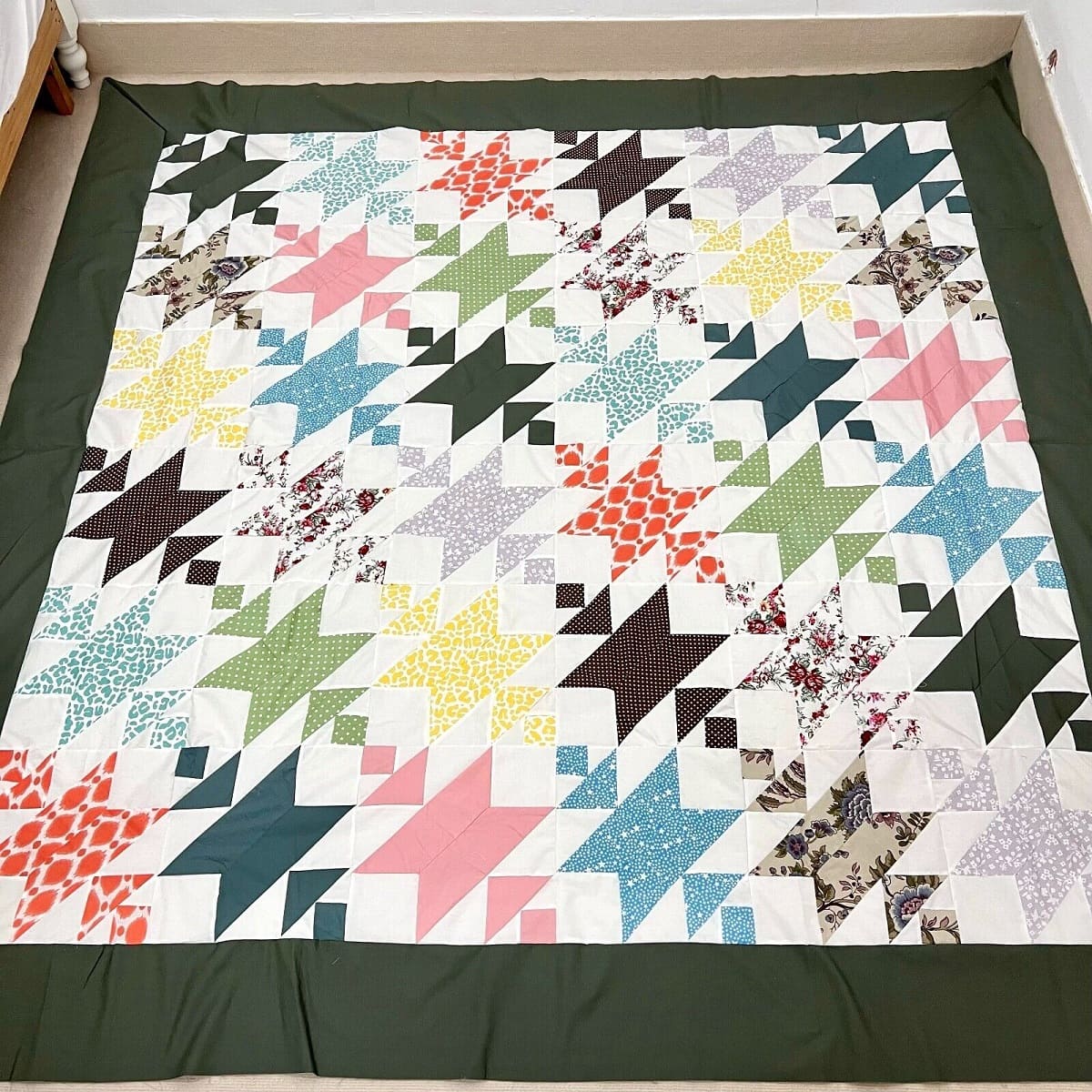
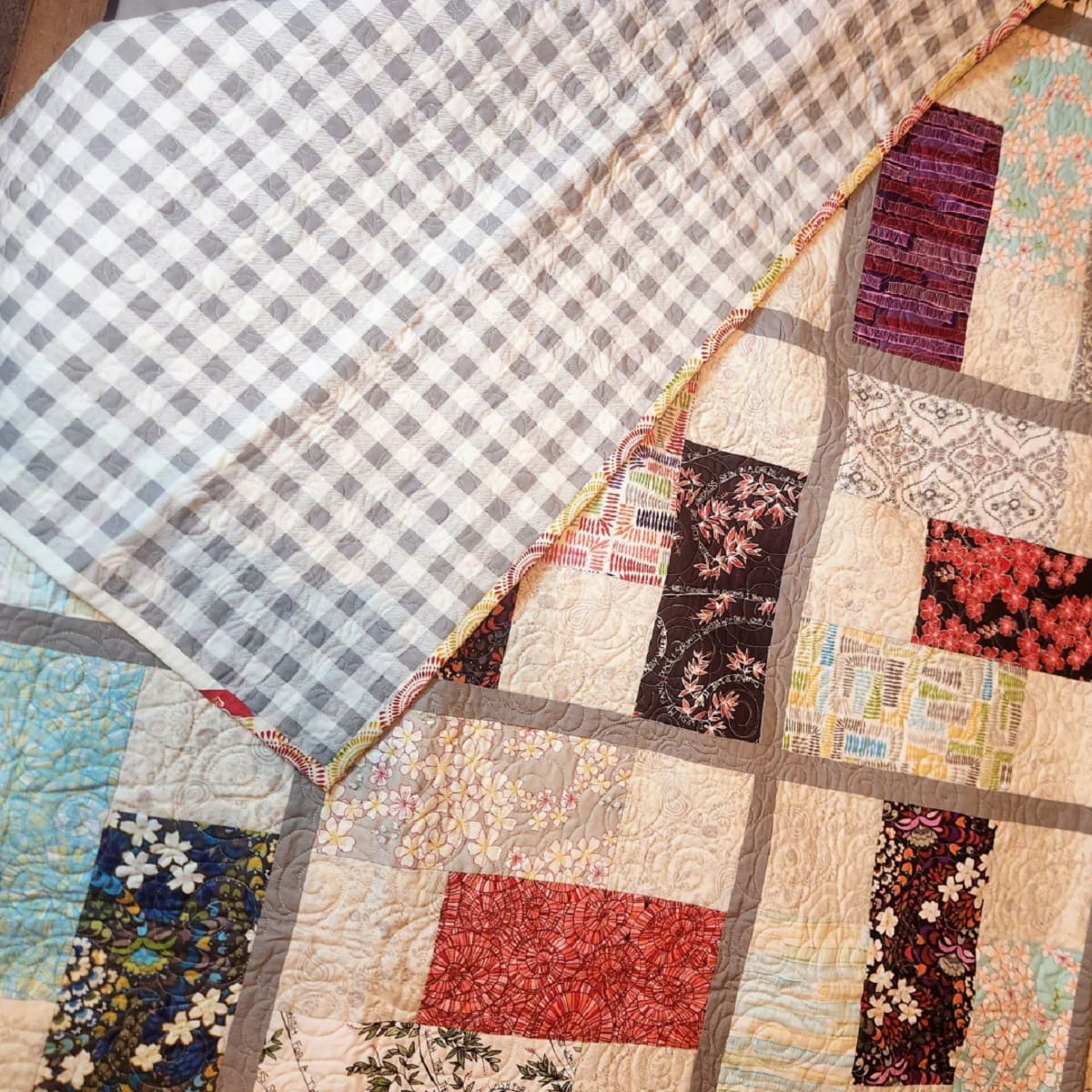

0 thoughts on “How Many 12 Inch Squares For A Full Size Quilt”